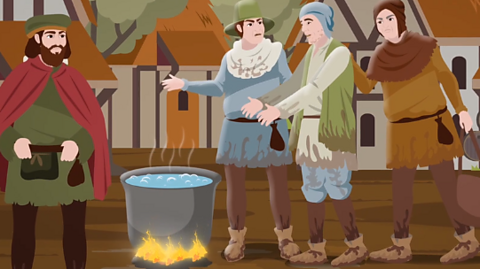Ireland before the Normans
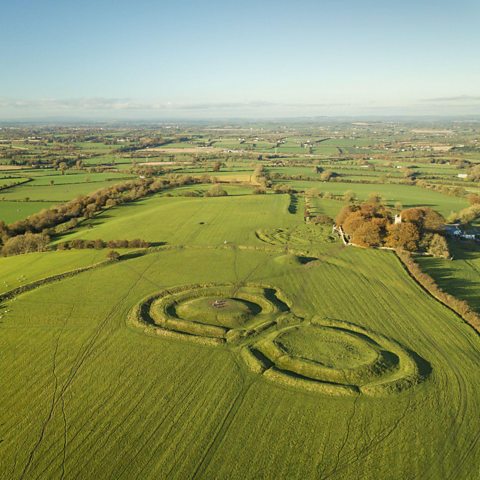
Life was very different in Ireland before the Normans arrived.
- There was a series of kingdoms ruled by different families such as the O’Connors and MacMurroughs
- There were various kings who were often warring with one another
- There was an Ard Ri or High King whose role was more of a status symbol than a governing role (the High King was often decided by combat)
- There was little in the way of farming as we would know it - some crops were grown but not in an organised way
- There were very few towns and cities, except those that had been built up by the invading Vikings who had then settled in Ireland. Dublin, Waterford and Wexford were originally Viking settlements.
- Christianity was well established but still reflected many of the old pagan rituals.
- Irish society was one of the few places in Europe where women had a degree of rights. Women were allowed to own property and husbands were not allowed to mistreat their wives.

Watch: The Normans in Ireland
Max Heartrate discusses what have the Normans ever done for us!
DIRECTOR: Standby on the floor.
DIRECTOR: Coming to you camera two.
DIRECTOR: Cue on two.
DIRECTOR: Mix-through.
MAX: No time for that! Hello! I’m Max Heartrate and this is Knowledge Express. Information faster than a bee on a bullet. And today’s topic is…
MAX: The Normans – heard of them?
MAX: Not those Normans!
MAX: Big powerful lads from Northern France. Conquered England in 1066. King Harold shot in the eye with an arrow. Woof! Game over!
MAX: Meanwhile in Ireland a bloke called Dermot MacMurrough is pretty triggered by not being King anymore. So, he invites his Norman mate Richard de Clare a.k.a. Strongbow (cool name by the way!) to help him be king again.
MAX: It’s 1169, Strongbow arrives, and his army give the Irish a beating in battle. All good for the Normans? No!
MAX: Because Henry II, King of England (hey nice ‘tache) is getting a bit twitchy because Strongbow’s becoming way too powerful, so he sends more Norman knights to sort it out.
MAX: Battles, castles, more battles, more castles, soon Henry’s in control of the place. Mind you, no-one conquers Ulster until John de Courcy marches up north and builds even MORE castles including Carrickfergus and Dundrum (how much did those guys love castles?).
MAX: But, he winds Henry up by putting his own head on a coin (huh, what a loser) and Hugh de Lacy arrives to send him packing. But hey, that’s the Normans for you – live by the sword, die by the sword.
MAX: Next thing you know there are castles, cathedrals and monasteries all over the place, everyone’s speaking English, there’s a new legal system, and the place is divided into counties with fields and hedges to help farmers grow crops and pay rent to guess who?
*MAX:: The Normans!
MAX: There you go - The Normans in Ireland! Extremely violent but really well organised and here to stay! Or as we might say “Ats us now!”
Why did the Normans come to Ireland?
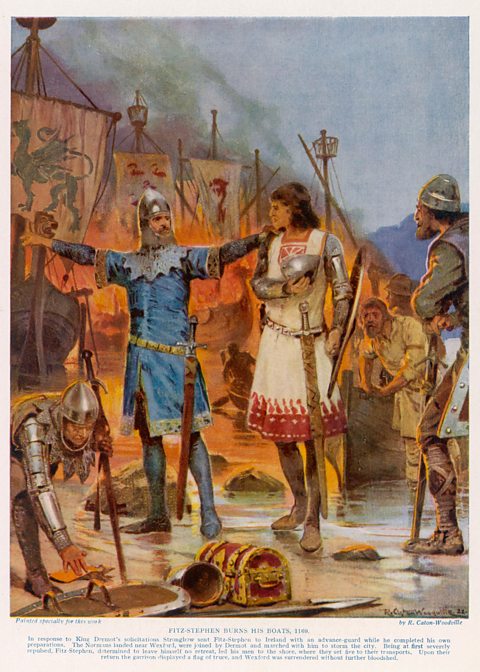
In 1167 , Dermot McMurrough, King of Leinster was deposedRemoved from office suddenly and forcefully. by the High King, Rory O’Connor
After he had been defeated in battle by O’Connor, McMurrough fled to Wales. Determined to regain his position, he would need powerful military backing and so he turned to the Normans for assistance.
The Normans were the most powerful fighters in Europe because of their use of armoured knights on horseback. McMurrough asked the Norman ruler of England, King Henry II, for help.
Henry II did not want to lead an invasion himself but encouraged MacMurrough to hire Norman Knights from Wales.

What is the timeline of the Normans coming to Ireland?
| Year | Timeline of the Normans coming to Ireland |
|---|---|
| 1167 | Defeated by Rory O'Connor, MacMurrough fled to Wales. |
| 1169 | MacMurrough hired a number of powerful Norman lords in Wales using promises of lands as well as money. Robert Fitzstephen and Raymond Le Gros decided to serve MacMurrough and they landed at Wexford in May, helping MacMurrough to seize the county. |
| 1170 | The most powerful of all the invading lords was Richard de Clare, known as Strongbow. He arrived in Waterford in August with 200 knights and 1000 soldiers. His superior forces conquered Waterford and Dublin. |
| 1171 | After Waterford, many of the native Irish fighters were tossed into the sea. MacMurrough also allowed Strongbow to marry his daughter, Aoife. This was very important as it meant that Strongbow, a Norman, could now claim to be MacMurrough’s heir to the throne of Leinster. MacMurrough died in May 1171. |
The success of the Normans shocked O’Connor, the Irish High King. He assembled an army of Irishmen and Vikings and laid siege to Dublin. However, Strongbow broke out and launched a surprise attack on O’Connor’s camp, forcing him to flee. Now Strongbow, a Norman was the most powerful man in Ireland.
The King comes to Ireland
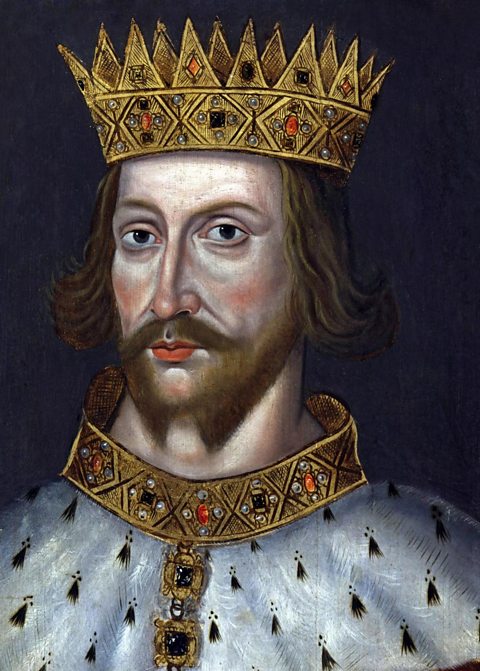
Strongbow was so powerful that King Henry II now saw him as a threat. He decided that he needed a show of his power to keep Strongbow from challenging him. He amassed a huge force of 400 ships, 500 knights and 6000 soldiers and sailed for Ireland, becoming the first English monarch to do so. There were no battles however, as to take on this huge army would have ended in certain defeat.
Key points about Henry II's visit
- Strongbow gave his loyalty to the King and was allowed to keep the title of Earl of Leinster, deliberately lower than the title of king.
- Henry II kept Dublin and the other ports for himself and appointed Hugh de Lacy to run Ireland on his behalf. Again this was a deliberate snub to Strongbow.
- Even the Irish Kings paid homage to Henry II as they hoped this might protect their lands.
- At first O’Connor refused to give way but he signed the Treaty of Windsor in 1175 which recognised Henry II as King in return for a promise that the Normans would not take any more land from the Irish kings.
The King of England was now the most powerful man in Ireland. O’Connor was the last native King of Ireland and the promises that he got would not stop the Normans. They continued to seize the lands of the Irish Kings.

Quiz: How much do you know?
More on The Normans
Find out more by working through a topic
- count6 of 6
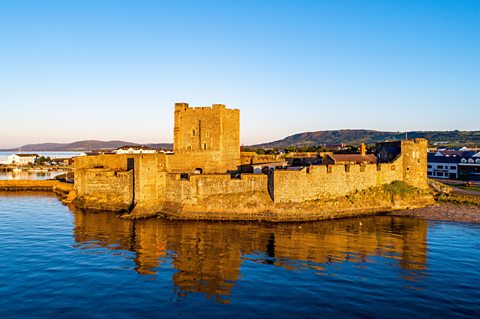
- count1 of 6
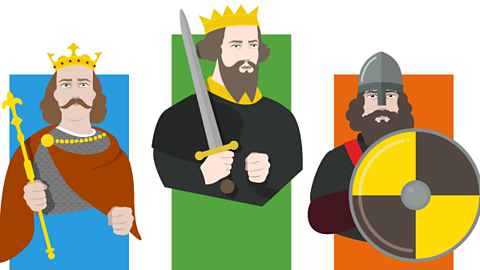
- count2 of 6
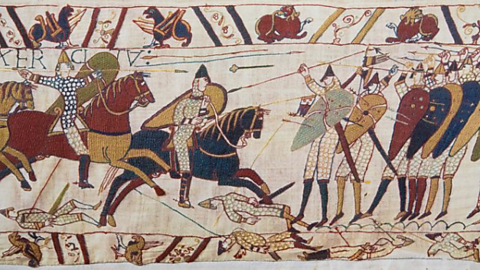
- count3 of 6
